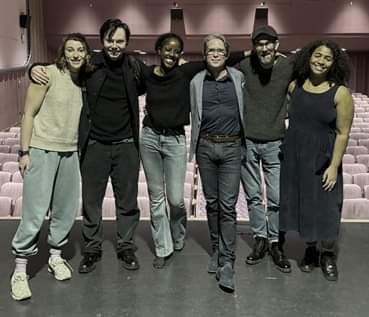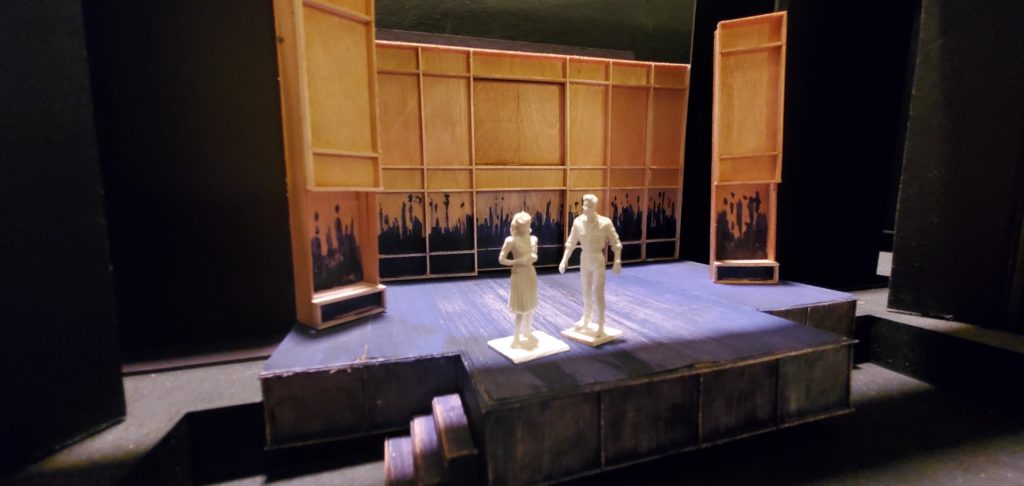By Sam Hill
Vermont was stunning. As we drove up the hill to the campus, we saw the mountains rising up in front of us. The air was clear and fresh. The ground on arrival was covered in snow, but this melted as it became unseasonably warm later in the week. It used to be so cold in winter that Lake Champlain would freeze over in its entirety, but now the water stays liquid. The effects of global warming are startling. This has been a theme in every place we have been.
We were met at the airport by Lisa and Andrew. They work here in the English department and were our liaison at U.V.M. They were both extraordinarily kind and welcoming. Lisa made us dinner on our first night which was sublime. She cooked a delicious salmon with curried cauliflower and greens. Not only was Lisa an excellent cook, but it was the first home cooked meal we had had in more than a month. I have had lots of good food here in the U.S but I have to say Lisa’s dinner was my favourite.
The following night we were taken to, not one, but two breweries. Vermont has a thriving and entrepreneurial craft beer scene. In fact, the global craft beer movement really started there and you can tell. In Burlington, you don’t have to walk far to end up in a brewery. Andrew and Linda were keen for us to sample some local produce and kindly offered to be our drivers, so we could have as much beer as we wanted. Purely for taste purposes you understand… Needless to say, we accepted their generosity with little deliberation.
Vermont proved to be a beautiful week: stinging cold at times, but the students warmed us with their enthusiastic engagement with our classes. Before leaving for Austin, Texas; we met Lisa and Andrew for a final brewery trip to the Burlington Beer Company. The B.B.C (as I like to call it) is a trendy, bright, light, brewery where you can order flights of beer that are given tasting notes as if they were fine wines: ‘citrussy with notes of lemon and grapefruit.’ I have to say they were sublime and also looked perfect. You felt almost like you were drinking a beer in a cartoon, the colours were so vivid and the beer so perfectly poured.
The hazy delight of Sunday afternoon spent at the B.B.C (remember: Burlington Beer Company) was abruptly shattered by a 3:00am wake up call to catch our 6:00am flight to Austin. To add to our woes, the hotel had run out of water, so we met in the lobby un-showered, with bed hair and an extra spray of deodorant, to be courteous to our fellow passengers.
Our first flight to Philadelphia was delayed by an hour, which had the unfortunate knock-on effect of making us miss our connecting flight. We managed to get on a flight to North Carolina, then finally on to Austin, Texas.
Although it all worked out in the end, this did mean in one day we had been in Vermont, Pennsylvania, North Carolina and, finally, Texas. I have to say as a group we dealt with this incredibly testing day very well. It would have been very understandable for someone to lose their temper or snap; bearing in mind we had got up at 3:30 am, rushed to get a flight, missed it, hadn’t been able to shower in the morning, and now had 5 hours added to our journey. However, everyone was kind, patient and looked after each other. Well done team!






